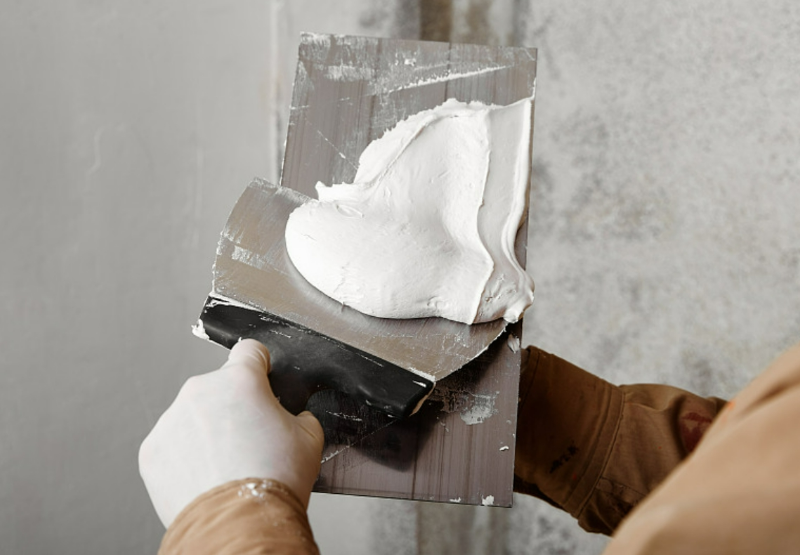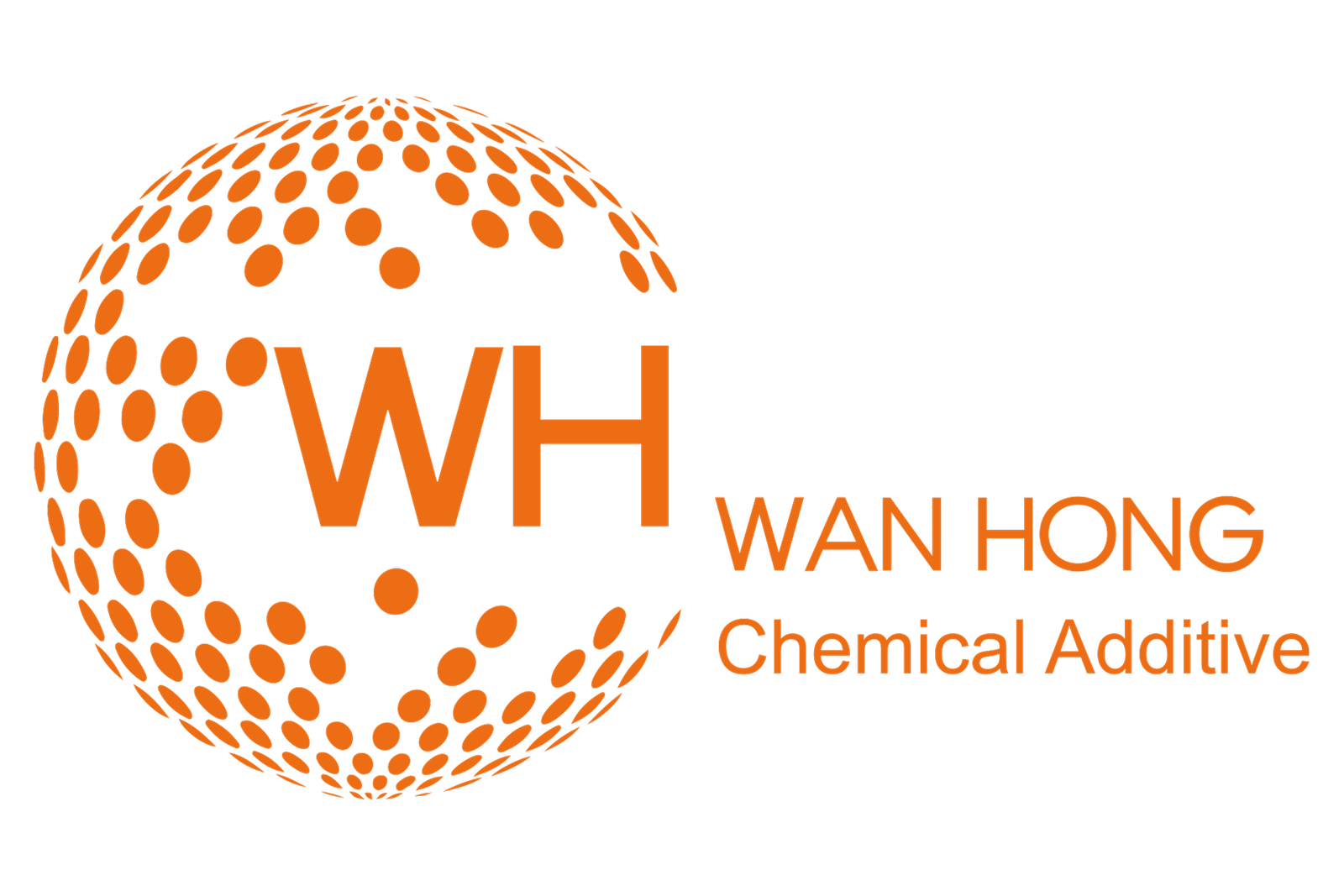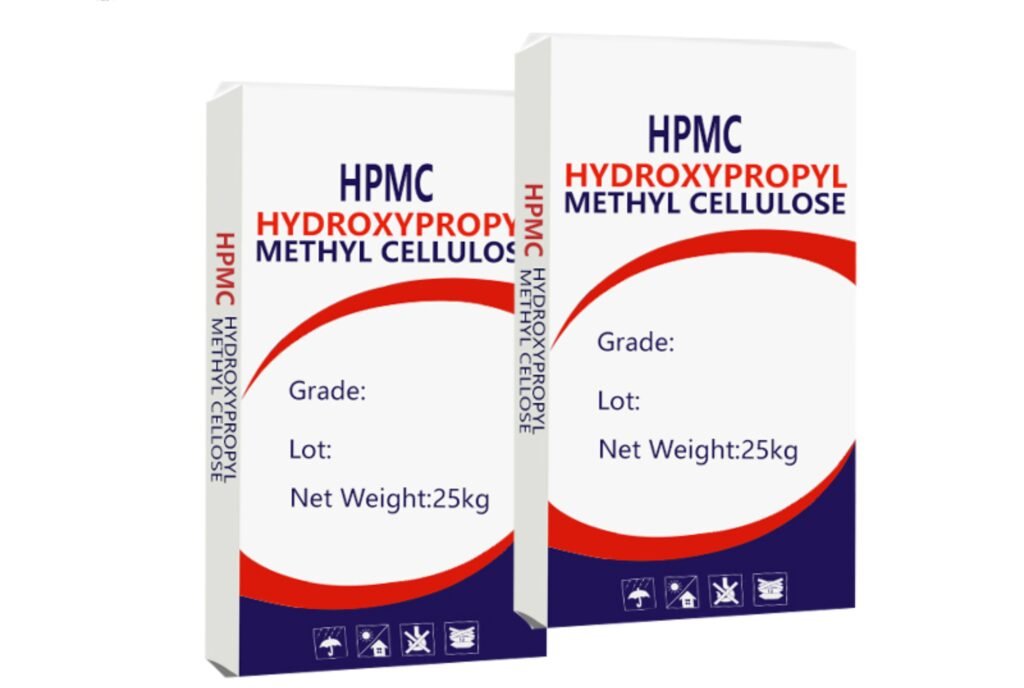
Cement Based Putty
Cellulose ether, such as hydroxypropyl methylcellulose (HPMC) and hydroxyethyl methylcellulose (HEMC), play a variety of key roles in cement-based putty formulations. These additives help improve the overall performance, workability, and quality of the putty.
Putty powder experimental effect
Adding WH-HPMC can increase the water retention property of cement-based putty powder, make the state of putty powder look like cream, improve the plasticity effect of the product, increase the constructability, and improve the workability of workers.
From this point of view, HPMC is an indispensable chemical raw material for cement-based putty powder.
Advantages of incorporating cellulose into Cement Based Putty
Water Retention
Cellulose has excellent water retention properties, which can be beneficial for cement-based putty. Improved water retention means that the putty dries more slowly, reducing the likelihood of cracks forming as it sets. This property also ensures that the cement hydrates more effectively, leading to a stronger bond.
Constructability
Cellulose fibers can increase the plasticity and workability of cement-based putty, making it easier to apply. This results in smoother finishes and allows for more precise shaping and detailing, which is particularly beneficial for decorative finishes and intricate work.
Adhesion
Cellulose ether promote adhesion between putty and the substrate (usually the wall surface). This adhesion is critical to ensuring the putty bonds firmly to the surface, preventing problems like peeling or cracking and helping to improve the overall durability of the topcoat.
Reduced Shrinkage and Cracking
The addition of cellulose fibers helps in controlling the shrinkage of the putty as it dries and cures. By reducing shrinkage, cellulose minimizes the stress within the material, thus decreasing the potential for cracking. This leads to a more reliable and aesthetically pleasing finish.
Sag Resistance
The thickeners in cellulose ether help prevent the putty from sagging or collapsing when applied to vertical surfaces. This ensures that the putty maintains an even thickness on the wall and reduces the need for frequent adjustments during construction.
Enhanced Mechanical Properties
The incorporation of cellulose fibers into cement-based putty can significantly improve its mechanical properties. It increases tensile strength, reduces the risk of cracking, and enhances flexural strength. This makes the putty more durable and extends the lifespan of the finished work.
Improve cohesion
Cellulose ether enhance the cohesion of the putty mixture, helping to improve its overall strength and durability. This added cohesion ensures that the putty adheres well to the substrate and remains structurally intact.
In summary, cellulose ether play a multifaceted role in cement-based putties, helping to retain water, improve workability, enhance adhesion, reduce shrinkage, resist cracking, smooth surfaces, extend open time, resist sag properties, and improve Cohesion. Together, these properties help produce high-quality, durable, and beautiful finishes on walls and surfaces.
Related Products
Request an Instant Quote for Your Projects!
If you have specific questions about Cement Based Putty.
Our industry experts are here to help, and we’re happy to answer any questions you may have.







